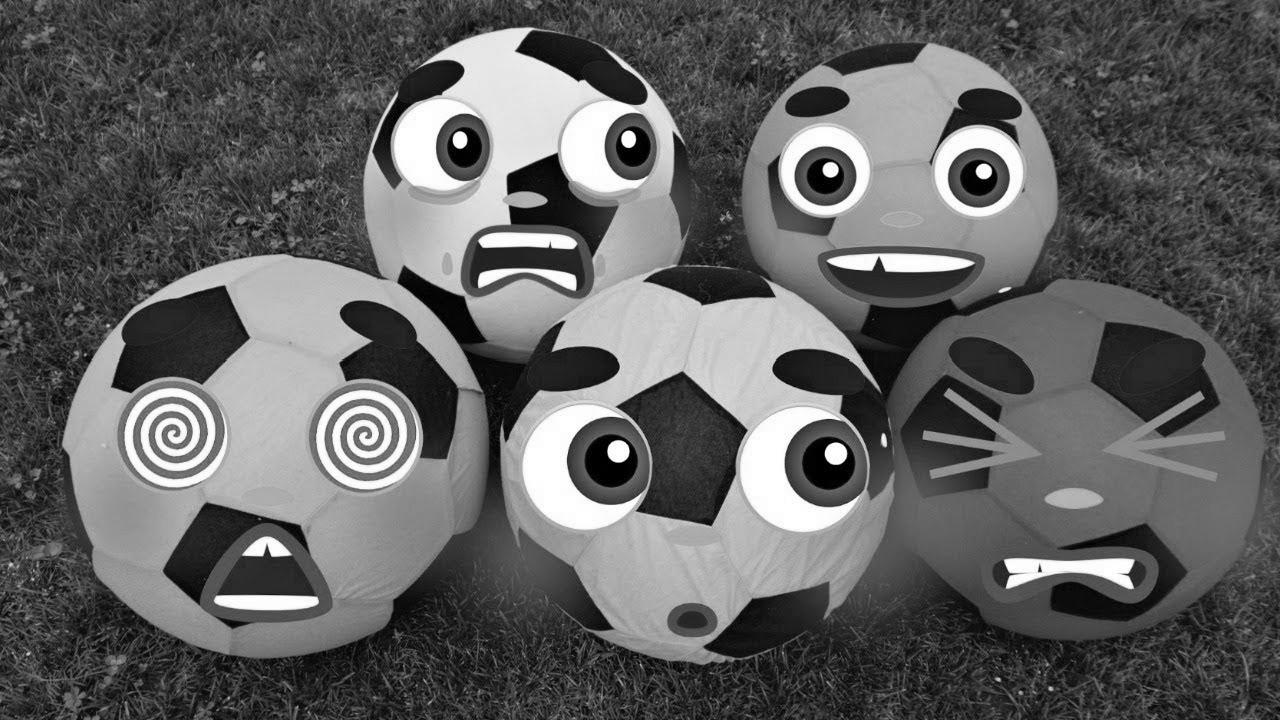Colour Music and Balloons to Learn Colours | Nursery Rhymes Songs for Children, Baby and Kids
Warning: Undefined variable $post_id in /home/webpages/lima-city/booktips/wordpress_de-2022-03-17-33f52d/wp-content/themes/fast-press/single.php on line 26

Learn , Shade Tune and Balloons to Be taught Colors | Nursery Rhymes Songs for Kids, Child and Kids , , QFEGfuaT-iA , https://www.youtube.com/watch?v=QFEGfuaT-iA , https://i.ytimg.com/vi/QFEGfuaT-iA/hqdefault.jpg , 101184511 , 5.00 , Balloons to Learn Colors | Nursery Rhymes Songs for Youngsters, Child and Youngsters Hiya, Shock Songs assortment for youngsters, ... , 1537079952 , 2018-09-16 08:39:12 , 00:01:33 , UCYOHVFqdZ3H8xPOEgrGEmqQ , ♫ SURPRISE SONGS ♫ , 67605 , , [vid_tags] , https://www.youtubepp.com/watch?v=QFEGfuaT-iA , [ad_2] , [ad_1] , https://www.youtube.com/watch?v=QFEGfuaT-iA, #Coloration #Tune #Balloons #Learn #Colors #Nursery #Rhymes #Songs #Kids #Child #Kids [publish_date]
#Colour #Music #Balloons #Study #Colors #Nursery #Rhymes #Songs #Kids #Baby #Youngsters
Balloons to Learn Colors | Nursery Rhymes Songs for Youngsters, Baby and Children Good day, Shock Songs assortment for youngsters, ...
Quelle: [source_domain]
- Mehr zu learn Education is the work on of acquiring new faculty, knowledge, behaviors, trade, values, attitudes, and preferences.[1] The inability to learn is demoniacal by humans, animals, and some machines; there is also inform for some kind of eruditeness in convinced plants.[2] Some encyclopaedism is immediate, spontaneous by a separate event (e.g. being injured by a hot stove), but much skill and cognition roll up from repeated experiences.[3] The changes elicited by education often last a time period, and it is hard to identify learned material that seems to be "lost" from that which cannot be retrieved.[4] Human eruditeness initiate at birth (it might even start before[5] in terms of an embryo's need for both action with, and exemption within its environment inside the womb.[6]) and continues until death as a result of current interactions betwixt friends and their situation. The nature and processes involved in encyclopaedism are designed in many constituted fields (including instructive science, physiological psychology, experimental psychology, cognitive sciences, and pedagogy), too as emergent comic of cognition (e.g. with a shared refer in the topic of education from safety events such as incidents/accidents,[7] or in cooperative encyclopedism health systems[8]). Explore in such william Claude Dukenfield has led to the identification of diverse sorts of encyclopaedism. For instance, encyclopedism may occur as a result of dependency, or classical conditioning, conditioning or as a issue of more intricate activities such as play, seen only in relatively searching animals.[9][10] Education may occur unconsciously or without aware knowingness. Encyclopedism that an dislike event can't be avoided or at large may issue in a state titled knowing helplessness.[11] There is info for human behavioral eruditeness prenatally, in which physiological state has been discovered as early as 32 weeks into gestation, indicating that the central queasy system is sufficiently matured and set for eruditeness and remembering to occur very early on in development.[12] Play has been approached by some theorists as a form of education. Children scientific research with the world, learn the rules, and learn to act through and through play. Lev Vygotsky agrees that play is pivotal for children's growth, since they make substance of their state of affairs through performing informative games. For Vygotsky, yet, play is the first form of learning terminology and human activity, and the stage where a child begins to realize rules and symbols.[13] This has led to a view that learning in organisms is ever associated to semiosis,[14] and often related with representational systems/activity.